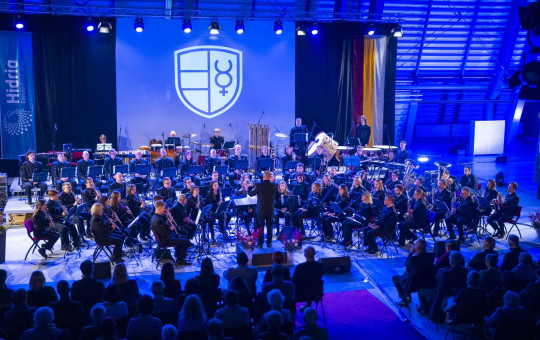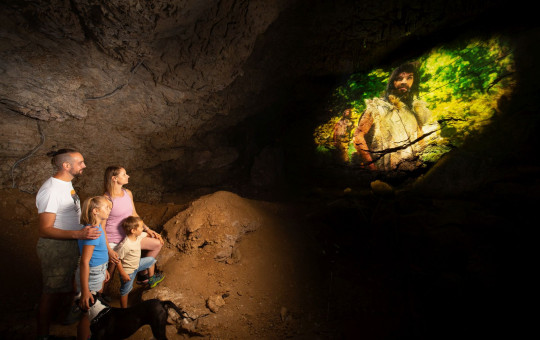Date: 22. October 2024
Time to read: 4 min
It is 80 years since the famous Italian ocean liner Rex was towed from Pula by tugboats during the Second World War, stranded 200 metres off the coast near the coastal road between Izola and Koper due to shallow seas and listing. Two days later, the ship was attacked by Allied aircraft. It burned for four days, capsized on its side and partially sank.
The most modern ship of its era
The most modern ship of its era, it was almost three times as powerful as the Titanic, measured just under three football fields in length and boasted a "blue ribbon", the prize for the Atlantic crossing speed record.
The only Italian ship ever to win the blue ribbon was the Rex.
Built in Genoa in 1931, she was christened by King Vittorio Emanuele III and Queen Elena. She was built in 1931. Never before had a cruise ship of this size flown the Italian flag. The ship was part of the Navigazione Generale Italiana fleet.
-
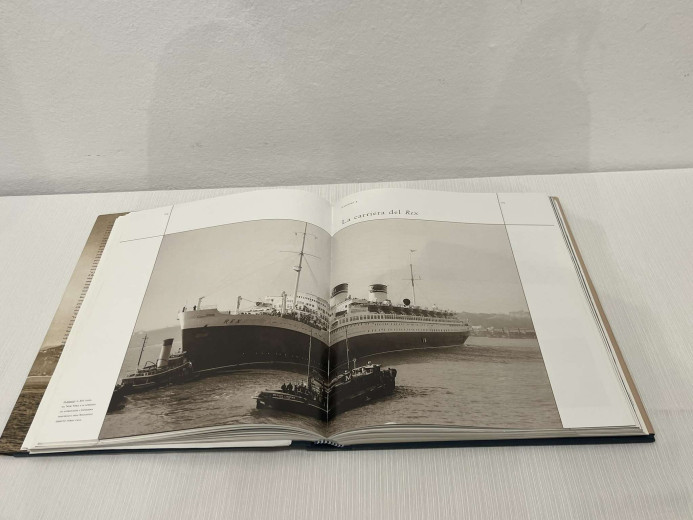 For a ship of this size, Rex was built and outfitted in record time - two years and five months. The official inauguration took place on 25 September 1932, and two days later she set sail on her maiden voyage across the Atlantic. Photo: Archive of Maritime Museum
For a ship of this size, Rex was built and outfitted in record time - two years and five months. The official inauguration took place on 25 September 1932, and two days later she set sail on her maiden voyage across the Atlantic. Photo: Archive of Maritime Museum
-
 The increased speed has reduced the journey to America with Rex from ten to six and a half days. The maiden voyage started unhappily, with the Rex breaking down at Gibraltar, but ended with a grand reception in New York, and tens of thousands of New Yorkers queuing every day to see the ship for a fee.
The increased speed has reduced the journey to America with Rex from ten to six and a half days. The maiden voyage started unhappily, with the Rex breaking down at Gibraltar, but ended with a grand reception in New York, and tens of thousands of New Yorkers queuing every day to see the ship for a fee.
Luxury six-star hotel
The Rex was a combination of a high-tech ship and a six-star luxury hotel. Due to global political events, its life was short and its end was not pretty - it was looted, bombed and burnt down to become the largest iron mine in Slovenia.
The Rex continues to attract interest - both in our own country, where it ended its life, and even more so in Italy.
-
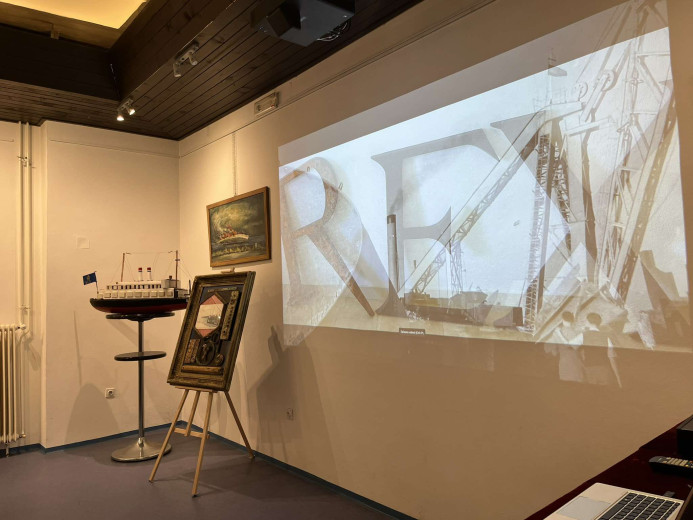 The "Italia" was ordered to move away from Genoa, where they would be easy prey for French bombs. So Rex first served briefly in Pula as a ship-hotel for the workers building the armoured ship Duilio, and by mid-August had docked in Trieste. Photo: Archive of the Maritime Museum
The "Italia" was ordered to move away from Genoa, where they would be easy prey for French bombs. So Rex first served briefly in Pula as a ship-hotel for the workers building the armoured ship Duilio, and by mid-August had docked in Trieste. Photo: Archive of the Maritime Museum
-
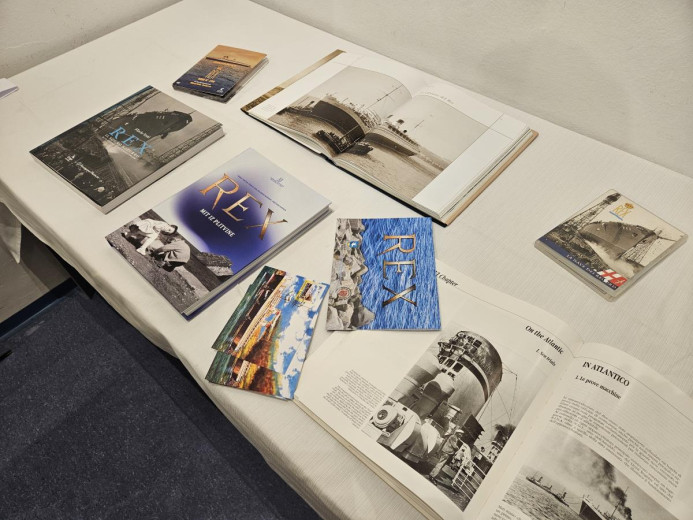 On 5 September 1944, Rex went on his last ride. Tugs took him to the area between Koper and Izola, where he anchored 350 metres off the coast. Photo: Archive of Maritime Museum
On 5 September 1944, Rex went on his last ride. Tugs took him to the area between Koper and Izola, where he anchored 350 metres off the coast. Photo: Archive of Maritime Museum
19th century style
The interior architecture emulated the 19th-century style, the furnishings were very luxurious and the level of luxury rose by class. Hotel services were divided into four classes.
On board the ship, guests had a short time in the baths and swimming pools, on the playgrounds, in the gym, children in the children's playrooms, in the theatre, in the library with 2000 books, and a new feature was the sound cinema.
There were many promenades, lounges or halls of various sizes (the largest was the first-class holiday lounge - 500 m2 and 7 m high), and the physiotherapy room and solarium were new. The health of the guests was well catered for - in addition to the clinics and pharmacies in the tourist classes, there was also a mini-hospital with four wards and complete medical care, of course, in first class.
But there was also other comfort for the guests - from single and double rooms to real first-class apartments with bathrooms or showers, hot and cold, fresh and salt water, air cooling, and the floors were connected by lifts.
Add to that shops and a full range of public houses, a series of offices - tourist, information, post office, bank and more.

